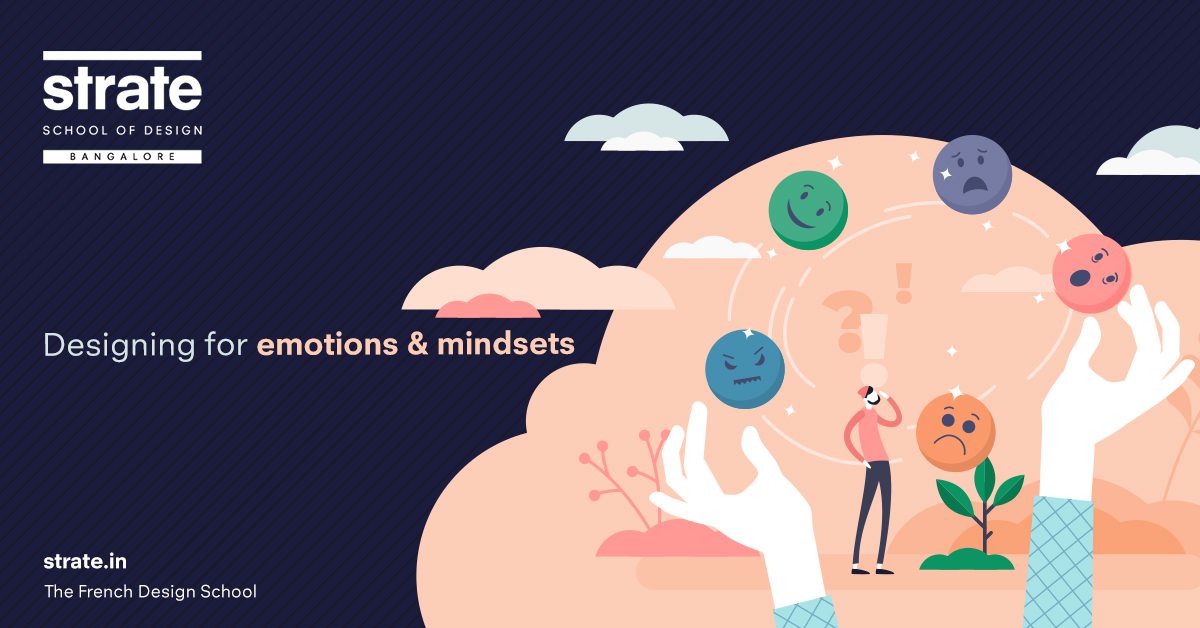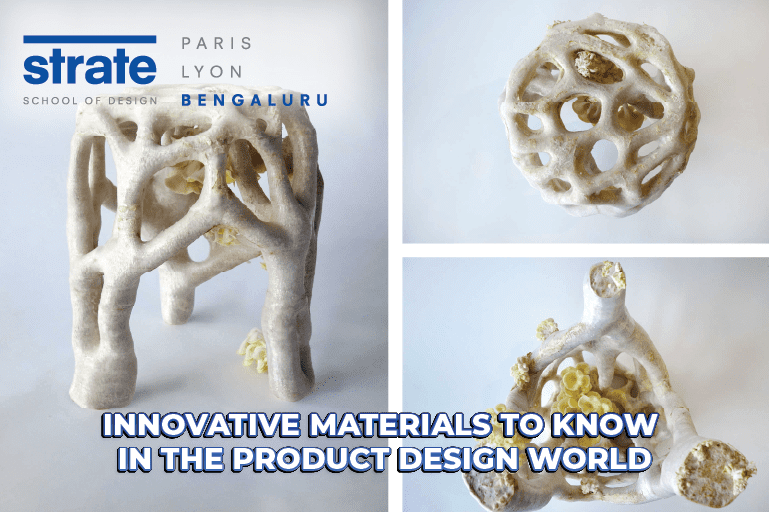In design it is imperative to get an understanding of who you are designing for, the users,- this means – what are their cultural, emotional and psychological needs. A UX researcher is usually confronted by these challenges of emotions of the users. As part of the strategic design strategy concept of a multidisciplinary product team – designers often reach to HR teams, conduct pilot research studies on their potential consumers along with a more in-depth research.
This gives designers an insight into understanding the full range of emotions that a user deal with on a daily basis, points crucial for designers to build successful user experiences. This is what makes designing for emotions crucial – it helps tackle mindsets, design for mindsets in hindsight and build the right experiences for the right people.
Also read: How get your children ready for design studies?
What is the power of mindsets?
Great challenge for designers is working to design for different mindsets, it involves the dynamic nature of the user’s emotional state. From a psychological viewpoint, a user’s emotional state is constantly in a flux and by choosing emotion as an essential component in design, design teams can incorporate the changeable nature of human emotions into the design process. Since no human is in the same emotional state all the time, they are constantly shifting from one emotional state of mind to another, understanding mindsets helps designers to capture emotions and their shifts more powerfully.
Also read: Change in work pattern for designer by 2025
Mindsets essentially capture the change in our emotions and reflect our personas. This involves our needs, goals, behavior patterns and much more that are data points for designers to work with. Let’s take an example of a product team presenting three different persona’s that represent their users. Now, each persona experiences their own time pressures and emotional state when they interact with the product. The product team now is able to add an additional layer of three different mindsets for each persona, a powerful tool in building unique user experiences. This is an important layer of emotional understanding to the team’s existing research artifacts.
Using emotions and mindsets as an Empathy tool:
To understand the full range of emotions of your users, building empathy tools based on mindsets is ideal. It will help you as a designer to visually represent a range of emotions experienced by the user when they interact with a product. This artifact comes in handy for design and research activities and building maps for your user emotional state while interacting with the product during test runs.
How does this really help?
Well, imagine an employee is over stressed at work due to a personal situation, this person will not like to be rushed now, and a user experience should take into account a user’s cognition and how the user may require a different experience from the product. When you incorporate mindset and emotions into design development, it empowers emotion-driven design into your overall product design and development.
Also read: Emerging trend of strategic design
How emotions and mindsets are used:
– Emotions and mindsets for Generative Research
Variety of our emotions, cultural impact on our mindsets are both versatile enough to incorporate in design and research activities. Generative research is when one is seeking solutions and innovations. When you combine a generative research based on emotions and mindset, you are seeking to find future-based timeless solutions that are also humanity centric rather than simply solving the issue at hand. This helps to reach the bottom of the iceberg rather than just the tip of it. Understand your action – what a user will do in a particular emotional state, how are their emotions are guided, what is guiding these emotions and what are the touchpoints.
– Emotions and mindsets for design ideation
When you have already done your research in understanding the various emotional states of mind leading to formation of mindsets, the next step is to begin design ideation. Here you prioritize what emotional state(s) take precedence over others, which mindsets will you design for first. This is further followed by building a flow that the user would frequently encounter and sketch a design idea out. Finding from the first step will lead you to many crucial points to include in your creative thinking process.
Also read: How get your children ready for design studies?
– Emotions and mindsets for prototype testing and validation
Mindsets and emotions lead you to design through a different lens. When you are crafting a prototype test, you can design a test of a variety of emotions that the user may be experiencing. As a designer what you are really looking for here is to test a mindset with a given task at hand for the user and is this giving you the result you are seeking.
Why is it important we design for emotions?
Emotion driven designs are one step in enabling our users to bring their full selves to interact with the product – this makes their engagement fulfilling and worthwhile – building loyalty.
In our world today emotions are inseparable from its being and a necessary part of cognition. Their design is how to empower these mindsets and emotions by gaining a deep understanding of them and designing products with emotions that have longevity and also consider the environment.
Also Read: Product design trends in sportswear and outdoor equipment






Want to Become a Designer ?
Strate is a unique design school that nurtures your talents as a designer by offering state-of-the art designing courses in Bangalore.
Join Strate